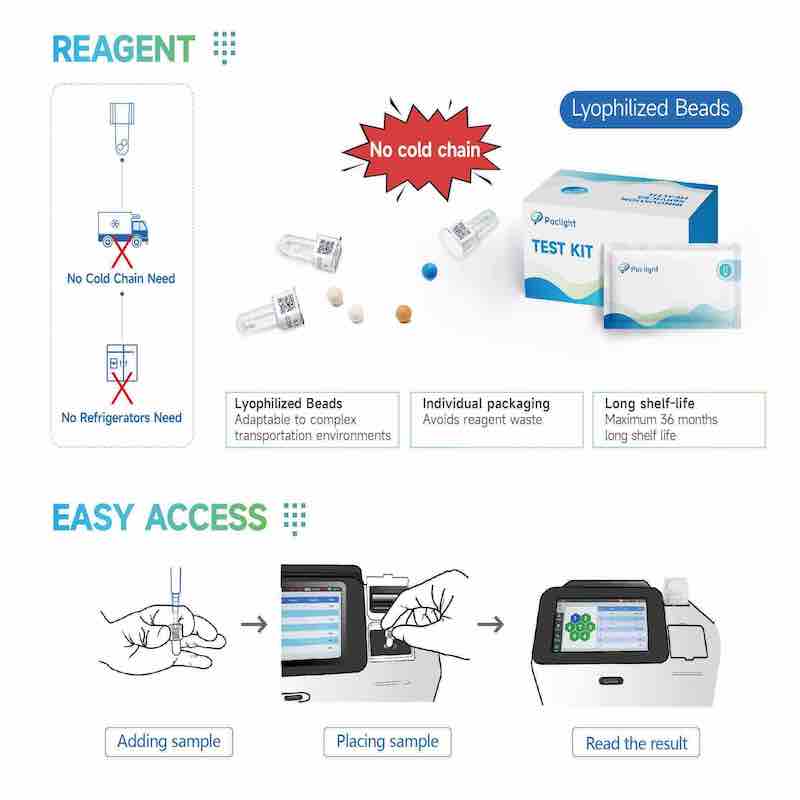September 13, 2024 is the 13th World Sepsis Day, and since the first World Spesis Day (WSD) was established in 2012, the global healthcare community and the public have been raising awareness of this serious and life-threatening disease year by year. On this day, we once again focused on sepsis, aiming to further raise public awareness of sepsis through scientific education and other activities, reduce misdiagnosis and missed diagnosis, and contribute to saving more lives.
Sepsis is a systemic inflammatory response syndrome caused by an infection that can lead to organ dysfunction and even failure. According to statistics, there are about 49 million cases of sepsis worldwide every year, of which more than 10 million people die as a result. The incidence of sepsis is still on the rise and has become a global health challenge.
Sepsis is extremely dangerous but preventable (through vaccination), and early recognition of sepsis is essential if infection develops, as the case fatality rate of sepsis increases by hours, making early recognition of sepsis a critical part of treatment.
Results from an international multicenter clinical trial conducted in seven different emergency departments in Sweden, Canada and the United States showed that heparin-binding protein (HBP) was the best predictor of organ dysfunction progression compared with PCT, CRP, WBC and lactate, and could provide early warning of sepsis up to 72 hours in advance.
Clinicians recommend that a combination of HBP and PCT provide a more comprehensive clinical picture:
High sensitivity for early local infection of HBP; PCT has good specificity for bloodstream infection, but has low diagnostic power for local bacterial infection. The combined detection of the two can effectively distinguish between local or systemic infections and effectively monitor the whole process of infection.
HBP is particularly important when PCT is at the cut-off value, and combined testing can help accurately determine whether it is bacterial infection and improve diagnostic accuracy.
HBP has high sensitivity, which can make up for the blank period of PCT and provide early warning of bacterial infection.
The half-life of HBP (0.5 h) is shorter than that of PCT (30 h), and it decreases rapidly after antibiotic treatment, and antibiotic efficacy can be predicted by dynamic monitoring before and after treatment.
Combined with dynamic testing, it is easier to identify G-/G+ infection.
Recommended solutions
Poclight Rely on the CRET platform, Infection programs such as HBP, PCT, CRP, IL-6, and SAA rapid test can help distinguish sepsis infection from viral or bacterial.
Poclight HBP and PCT Chemiluminescence Immuno Assay (CLIA) Test can quickly obtain test results within 5 minutes, and support whole blood, meeting the demands of rapid results in emergency departments...

Item Benefits
CRET technology: The results are more sensitive and accurate
Lyophilized Beads:No refrigerated storage is required
Rapid test: 5min, The test results are immediately desirable
Flexible application: Depending on the type of infection, the whole process can be monitored

 English
English français
français русский
русский español
español português
português العربية
العربية 日本語
日本語 Türkçe
Türkçe हिंदी
हिंदी Indonesia
Indonesia 







 IPv6 network supported |
IPv6 network supported | 